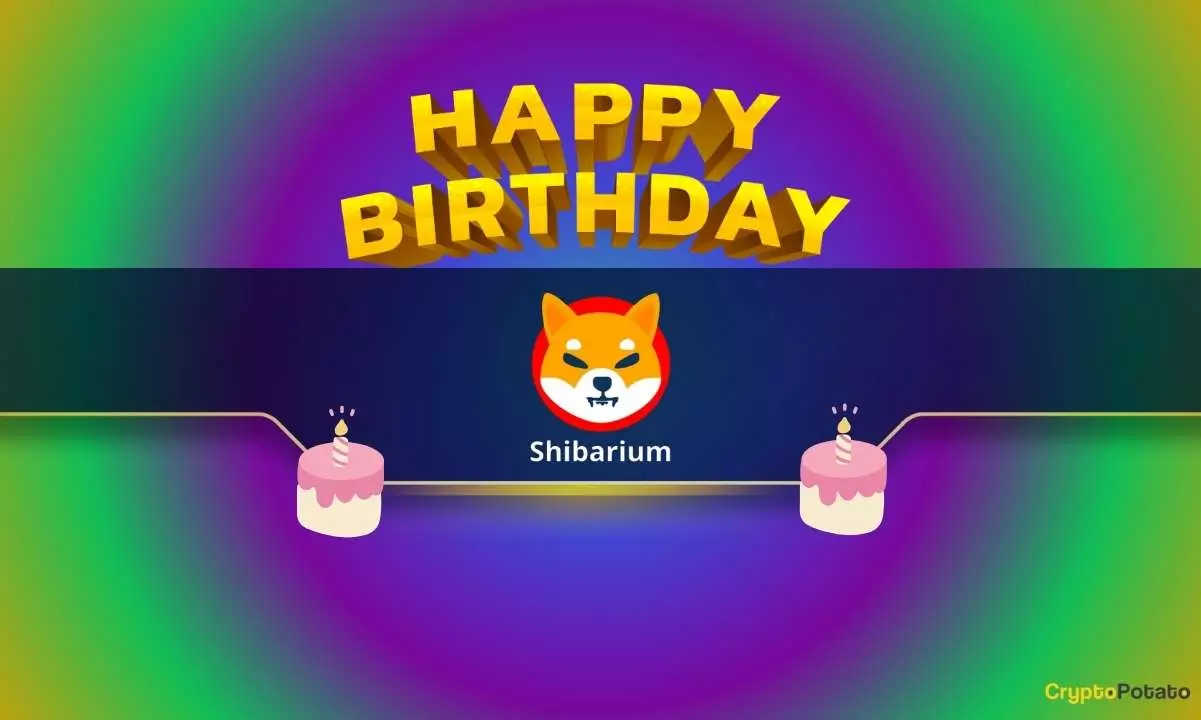Shibarium, a layer-2 blockchain solution integrated into the Ethereum network, has made significant strides in the past year. With over 418 million transactions processed to date, it has emerged as a pivotal player in the development of the Shiba Inu ecosystem. The primary focus of Shibarium lies in reducing transaction costs, enhancing speed, and boosting scalability to cater to the growing needs of its users.
While Shibarium has crossed major milestones, recent data suggests a slowdown in its progress. Daily transactions, which once soared into the millions, have now dipped to just over 20,000 on rare occasions. Additionally, the total number of blocks processed has nearly reached 6.5 million, with wallet addresses hovering just below 2 million. Despite these challenges, the team behind Shibarium continues to forge ahead in its quest for innovation and excellence.
An integral part of Shibarium’s success lies in its regular upgrades and enhancements. The network has undergone three hard forks – Delhi, Indore, and Shanghai – aimed at enhancing user experience, optimizing transaction speed, and improving overall network efficiency. Furthermore, the introduction of tokens like K9 Finance DAO (KNINE), Bad Token (BAD), and the recent addition of HOCHI have added to the versatility and flexibility of the ecosystem.
In the past few months, Shibarium has rolled out several crucial upgrades to its platform. An updated user interface (UI) was launched in April to provide a faster and smoother experience for users. This update focused on enhancing compatibility with popular self-custody wallets like MetaMask, Trust Wallet, and Coinbase Wallet. Subsequently, a hard fork was implemented to reduce block processing times and empower developers within the community. The most recent addition, the “Burn Portal,” aims to curtail the circulating supply of Shiba Inu (SHIB) by sending tokens to a null address, subsequently increasing scarcity and potentially driving up value.
Within the Shibarium ecosystem, BONE token plays a critical role as the governance token. It is essential for paying gas fees, facilitating transactions, and supporting validators and delegators on the network. A portion of the gas fees paid in BONE is utilized to purchase SHIB tokens, which are then burned by sending them to a null address. Users must accumulate a minimum of 100 BONE tokens to initiate a burn, thus contributing to the reduction of SHIB supply.
As Shibarium continues to innovate and evolve, it remains poised for further growth and expansion. With a focus on enhancing user experience, reducing transaction costs, and fostering scalability, the network is set to witness continued advancements in the coming months. For the latest updates and news on Shibarium, users are encouraged to stay tuned for upcoming announcements and developments.
Shibarium’s journey from inception to its current standing has been marked by significant achievements and challenges. With a dedicated team driving innovation and a commitment to excellence, the network is poised for a bright future ahead.















